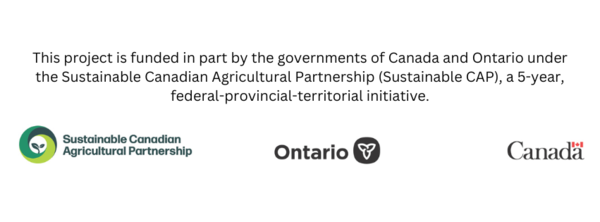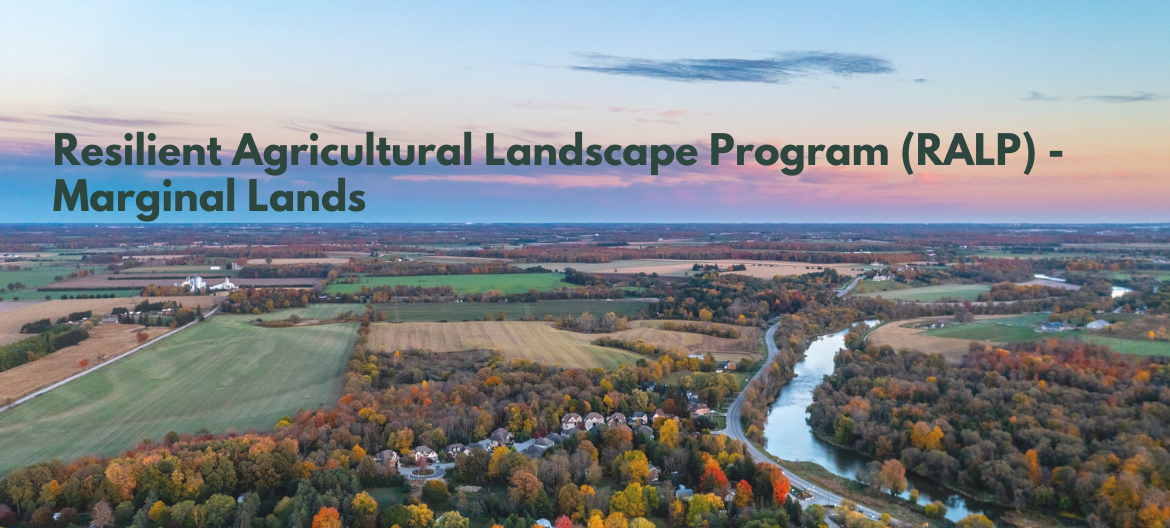Resilient Agricultural Landscape Program (RALP) - Marginal Lands
Version française
The second intake for the Resilient Agricultural Landscape Program (RALP) - Marginal Lands Initiative is now closed.
This intake is for funding for the following years:
- April 1, 2026 - March 31, 2027
- April 1, 2027 - March 31, 2028
What do you need to apply?
- Request for Proposal (RFP) Guidance
- Request for Proposal (RFP) Form
- Workplan & Budget Information Spreadsheet
Submissions to the September 2025 intake are due by Friday, October 31 at 4 p.m. EST. Please submit applications and relevant attachments via email to ralp@conservationontario.ca.
Purpose of the Initiative
The purpose of the Resilient Agricultural Landscape Program (RALP) Marginal Lands Initiative is to create or enhance natural features on marginal agricultural lands to reduce Greenhouse Gas (GHG) Emissions, sequester carbon, and increase Ecosystem Goods and Services.
This project contributes to the following objectives:
- Improved soil health
- Reduced nutrient losses from agriculture
- Enhanced pollinator habitat
- Increased biodiversity
- Climate change mitigation, including GHG reduction, and carbon sequestration
- Climate change adaptation
RALP eligible practices supported under the RALP Marginal Lands Initiative
- Strip planting of perennial cover to create grassed waterways or to manage salinity within a field (including terraces and farmable berms)
- Convert marginal and high-risk annual cropland to permanent grassland (or perennial biomass crops; includes establishment of native or tame forages)
- Creation or widening of buffers (trees or shrubs) in agricultural fields adjacent to surface water sources, as well as other actions to protect existing riparian areas such as reshaping edges and fields
- Establishment of pollinator strips or other perennial cover for pollinator habitat or other biodiversity purposes in fields or field margins of existing cropland (area planted with high-value plants that pollinators like)
- Establishment of shelterbelts for farmyards, livestock facilities, and fields as well as intercropping with trees on annual cropland
- Planting of trees or shrubs on marginal or high-risk cropland
- Wetland restoration, construction of new wetlands
- Water retention ponds
Resources
- Conservation Ontario Media Release (September 22)
- OMAFA Media Release (September 3)
- Conservation Ontario Media Release (January 27)
- Sustainable Canadian Agricultural Partnership
For more information on the RALP program, please email ralp@conservationontario.ca.

